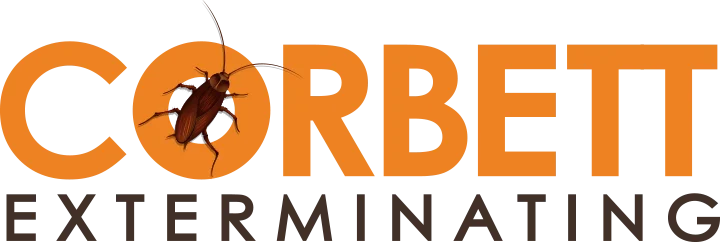Causing more than $5 billion in damage to homes across the United States each year, termites are most common in the southern part of the nation, including the Carolinas. Since most homeowners’ insurance won't cover termite damage, professional help and prevention methods are often recommended.
What do termites look like?
Termites are small, pale insects that belong to the order Isoptera. They have a similar body shape to ants but can be distinguished by their straight, bead-like antennae and their broad waist that does not have the characteristic narrowing found in ants.
Termites have soft bodies that are usually light-colored, and they range in size from a few millimeters to a few centimeters in length. They have six legs and two pairs of wings that are of equal size and shape. The wings of termites are straight and narrow, whereas the wings of ants are more elongated and have a distinct vein pattern. Some termite species are wingless, and their bodies are usually darker in color. Additionally, termites have straight mandibles, while ant mandibles have a curve to them.
What are the unique characteristics of termites?
Termites are unique insects in several ways. Here are some of their key characteristics:
-
Social structure: Termites are highly social insects that live in large colonies with specialized castes, including workers, soldiers, and reproductive individuals.
-
Digestive system: Termites have a unique ability to digest cellulose, which is the main component of wood and other plant materials. They do this through the help of symbiotic microorganisms living in their digestive system.
-
Habitat: Termites build intricate nests or mounds, often made of soil and saliva, to protect themselves and their colonies. Some termite species also build nests out of mud or carton, which is a mixture of soil, saliva, and feces.
-
Role in an ecosystem: Termites play an important role in the ecosystem as decomposers, breaking down dead plant material and returning nutrients to the soil.
-
Damage potential: While termites are ecologically important, they can also cause significant damage to wooden structures and crops, making them a significant pest for humans.
What are the habits of termites?
Termites are highly organized and have specific habits to ensure the survival and growth of their colonies. While they are ecologically important, they can also cause significant damage to human structures and crops.
What are the risks of having a termite infestation?
While termites do not pose a direct health risk to humans, a termite infestation in your home or building can lead to a number of health concerns indirectly. Here are some of the health risks associated with termite infestations:
-
Allergic reactions: Some people may be allergic to termite droppings or dust, which can trigger allergic reactions such as asthma, bronchitis, and other respiratory problems.
-
Mold growth: Termite infestations can lead to moisture buildup and water damage, which can create ideal conditions for mold growth. Mold spores can cause respiratory problems and exacerbate allergies and asthma.
-
Structural damage: Termites can cause extensive damage to the structure of a building, compromising its stability and creating safety hazards for occupants.
-
Contamination: Termite infestations can contaminate food sources, causing health risks for humans and pets.
